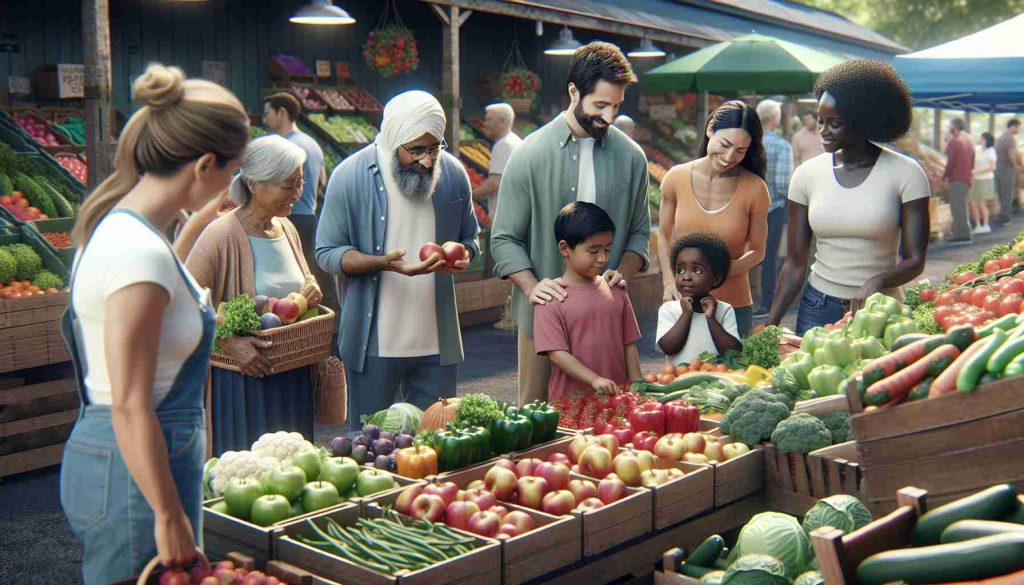Terry Cosby, the Chief of the Natural Resources Conservation Service (NRCS), advocates for the integration of urban agriculture to combat climate change and societal challenges. Urban agriculture presents a promising solution to address environmental degradation and food insecurity in urban areas. By promoting the cultivation of crops and raising animals within city limits, urban agriculture can create greener spaces, reduce food miles, and foster community engagement.
Cosby emphasizes that urban agriculture initiatives should be integrated with existing programs for farmers and rangers. This holistic approach not only benefits the environment but also addresses social issues such as access to fresh produce and economic opportunities. By incorporating urban agriculture into urban planning, cities can become more self-sufficient and resilient in the face of climate change.
Furthermore, urban agriculture has the potential to enhance food security, promote healthy eating habits, and strengthen local economies. Community gardens, rooftop farms, and green spaces can revitalize urban landscapes while providing educational and recreational opportunities for residents. By embracing urban agriculture, cities can create a more sustainable future for generations to come.
Urban Agriculture: Maximizing Sustainability and Addressing Challenges
Urban agriculture continues to gain momentum as a sustainable solution for our cities, offering a range of benefits beyond environmental and food security advantages. While the integration of urban farming within urban landscapes holds great promise, it also raises important questions and poses challenges that necessitate careful consideration.
Key Questions:
1. How can urban agriculture be effectively scaled to meet the growing demand for fresh produce in cities?
2. What policies and regulations are needed to support the expansion of urban agriculture initiatives?
3. How can community engagement be maximized to ensure the success and inclusivity of urban farming projects?
4. What innovative technologies can be leveraged to optimize resource efficiency and productivity in urban agricultural practices?
Key Challenges and Controversies:
1. Land availability and affordability pose significant challenges for establishing urban farming spaces in densely populated cities.
2. Balancing the use of water resources in urban agriculture with the need to conserve water presents a complex dilemma.
3. Managing potential conflicts between commercial urban farmers and local residents over land use and noise pollution can be contentious.
4. Ensuring equitable access to the benefits of urban agriculture across diverse socio-economic groups remains a pressing issue.
Advantages of Urban Agriculture:
– Enhances food security by reducing reliance on long-distance food transportation.
– Promotes sustainable and organic farming practices, contributing to environmental conservation.
– Strengthens community bonds and fosters social cohesion through shared gardening and farming activities.
– Improves public health by increasing access to fresh, nutritious produce and encouraging physical activity.
– Creates economic opportunities for local residents through job creation and entrepreneurship in the agricultural sector.
Disadvantages of Urban Agriculture:
– Limited space availability and high land costs can hinder the expansion of urban farming initiatives.
– Potential environmental risks such as soil contamination and water pollution require careful monitoring and management.
– Lack of standardized regulations and guidelines may lead to inconsistencies in urban agriculture practices.
– Resistance from traditional agricultural sectors and zoning restrictions in urban areas can impede the growth of urban farming projects.
For more information on urban agriculture and sustainable food systems, visit FAO for global insights and initiatives in this field. Embracing urban agriculture as a viable solution for our cities requires a multifaceted approach that addresses both its potential and challenges to create resilient, inclusive, and environmentally conscious urban environments.














